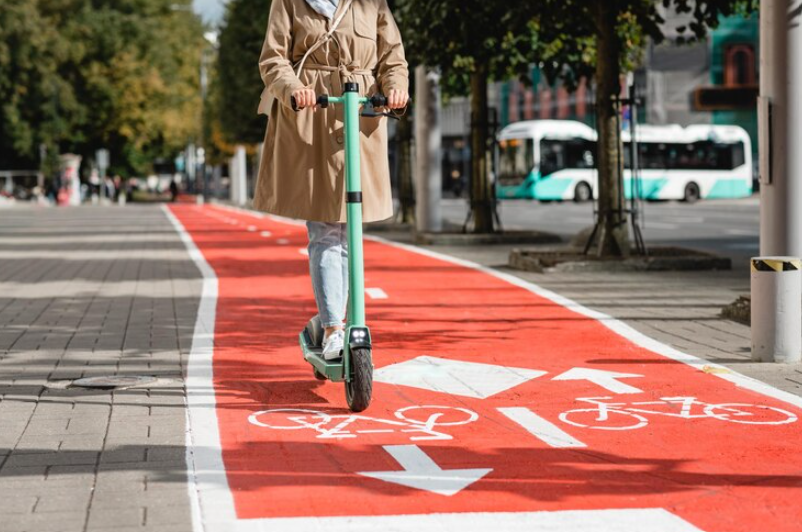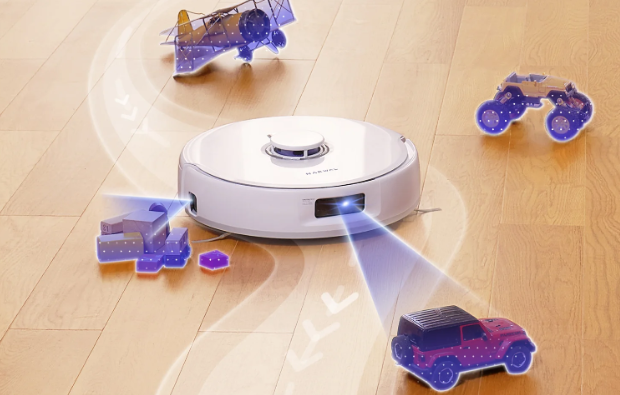Electric scooters have exploded in popularity in cities around the world. They’re fun, eco-friendly, and incredibly convenient—whether you’re commuting to work, cruising through your neighborhood, or running errands. But as more people join the ride, one question becomes increasingly important: What’s the proper etiquette when riding an electric scooter?
From riding safely among pedestrians to merging with vehicle traffic, electric scooter etiquette goes beyond just knowing the rules of the road. It’s also about being courteous, predictable, and responsible—so everyone can share public spaces safely.
This article covers the essential do’s and don’ts of riding on both roads and pavements, especially if you’re using an iScooter electric scooter. Whether you’re new to riding or a daily commuter, these tips will help you stay confident, safe, and respectful on every journey.
Why Scooter Etiquette Matters
The electric scooter, compared to the bikes or cars, will put the rider in a gray area in opposition to road rules. They are permitted to go on bike lanes, the sidewalk, and occasionally on pavement according to laws governing your country or city.
Due to that flexibility, etiquette is badly needed. The problem is that proper conduct of the specified scooter does not disallow accidents and injuries but scooter behavior in general. There are also predictable, reasonable, and law-abiding scooter users, and these people facilitate the fact that scooters will continue to be a viable part of the city—or better yet, it should not become a regulated or banned device.
Etiquette also prevents wastage of your investment. Scooters such as iScooter make their product with the most cutting-edge safety in mind, but it is your style of riding that makes a difference in whether you are safe or not.
Riding on the Road: The Do’s and Don’ts
In a lot of cities, electric scooters are considered as bicycles and can and/ormust be ridden at either bike lanes or directly on the road. These are the habits that you should take in case you are sharing the space with cars or cyclists.
Do ride with the flow of traffic. Scooters ought not to drive opposite to vehicles. Drive as close to the right as feasible and give way to vehicles that are faster when necessary.
Do signal your turns. To indicate what you want to do, use hand signals or indicators on the scooter (if fitted). The lack of signaling when taking a sudden turn may mislead other users on the road and cause accidents.
Do obey all traffic signs and signals. That will entail observing red lights, giving way when necessary, and crossing pedestrians.
Don’t weave between cars or skip traffic queues. And you just want to squeeze in between cars when there is congestion; you can do this, however it is dangerous—drivers might not be able to see you when they shift lanes.
Don’t ride too fast for the conditions. Although your scooter has a maximum speed of 20+ mph, lower your speed on the road, in traffic, and in weather conditions.
Don’t use your phone or wear headphones while riding. Distractions cause reactions to road hazards to be difficult, leading to severe accidents.
Riding on the Pavement: What You Need to Know
Sidewalk riding rules vary depending on your location. In some areas, riding on pavements is allowed—especially for slower-speed scooters. In others, it’s prohibited altogether. Regardless of legality, these etiquette tips apply if you do find yourself on a sidewalk.
Do ride at walking speed. On pavements, slow down to around 4–6 mph—especially when near pedestrians or store entrances.
Do give pedestrians the right of way. Always. That includes stopping or dismounting if necessary to let them pass.
Do use your bell or voice to alert people before passing. A polite “excuse me” or ring helps avoid surprises, especially from behind.
Don’t zip around corners or blind spots. Always approach intersections or building entrances with extra caution.
Don’t ride through crowded pedestrian zones. If the walkway is packed, step off and walk your scooter.
Don’t assume people can hear or see you. Be proactive and predictable—most people aren’t expecting a scooter on the pavement.
iScooter Electric Scooter Features That Support Safer Riding
In many models of iScooter electric scooters, the producers have designed their product using features that assist the riders to maintain good etiquette and remain safer in the open. Even when riding and traveling throughout the city on the compact i9 or on the longer ride with the powerful iX4, these details put you in the position to win.
Key Features:
- Integrated LED lights for night visibility
- Bell or horn for alerting pedestrians
- Multiple speed modes to match road conditions
- Regenerative braking and disc brakes for smooth stops
- Bluetooth app for monitoring performance without distractions
All these features make it easier to ride safely and with confidence, and when used properly, they strengthen good etiquette with a scooter wherever you are.
Tips for Better Scooter Etiquette (Road & Pavement)
- Look into local regulations: any given city will have its regulations as to permitted places of scooter travel; make it your business to know yours.
- If there are bike lanes: they are safer and more predictable to all.
- Make yourself visible: wear reflective devices, or when it is dark, use LED lights.
- Ride single file: sidewalk to sidewalk is no place to ride abreast.
- Give right of way in crosswalks: Cross the road being very careful even when you have the right of way.
- Become a thoughtful driver: consider those other people on the road, whether they were a bicyclist or a stroller, and behave well in it.
- Parking scooters: Do not place your store scooters on sidewalks, doors, and stairs.
Scooter Accessories That Promote Courtesy and Safety
- Front and rear lights for better visibility on roads and paths
- Handlebar bells or horns to alert pedestrians
- Reflective vests or decals for night riding
- Phone mounts to check directions hands-free
- Scooter stands to prevent tipping or blocking walkways
These small additions help enhance your visibility, awareness, and responsibility while riding—especially in high-traffic areas.
Common Mistakes That Break Scooter Etiquette
Not all etiquette violations are intentional. There are others that are involuntary, and some are unskilled. They all can lead to accidents or make a bad name among the scooter riders.
Riding fast in the shared areas is one of the most common mistakes, e.g., parks, sidewalks, etc. It causes awkwardness to the pedestrians and puts them at risk of collision. The other problem is to block the approach routes during parking, such as ramps, entrances, or curb cuts.
The other issue that is common is riding without warning people when passing. In contrast to bikes, a lot of scooters emit hardly any sound at all, thus defining that riders need to take any precaution to warn others, either by ringing a bell or sounding a voice.
Finally, riding with scooters when distracted reading your phone, talking via Bluetooth, or having both ears covered to listen to music is not only a breach of etiquette, but it is also more dangerous to you and others.
The Bigger Picture: Leading by Example
Following electric scooter etiquette isn’t just about rules. It is a matter of leading by example, and more so in the cities where the regulations have not yet been fully established.
Once the riders behave responsibly, the cities will be more willing to accommodate shared mobility schemes and create infrastructure such as bike lanes and parking areas. It also assists in raising the levels of trust in people and renders it so that scooters are welcome on both the roads and pavements.
No matter whether you come to work, school, or the coffee shop on an iScooter electric scooter, your riding behavior defines the attitude of the rest of society toward this emerging means of transport.
Conclusion
Electric scooters are the source of freedom, speed, and sustainability, but also responsibility sharing. By understanding and obeying electric scooter etiquette, you can be assured that not only are you riding well, but you are also riding right.
Whether it is providing a pedestrian way through or indicating to other road users your turning movements, all actions produce a safer and free-flowing passage among all people within your surroundings. Bring your iScooter electric scooter and a good attitude, and you will be riding the path with confidence, courtesy, and care, courtesy of the smart features your iScooter electric scooter can provide.
Dear reader, stick to the regulations, be attentive to the occurrences about you, and help to make progress toward smarter and safer micromobility!Read more



